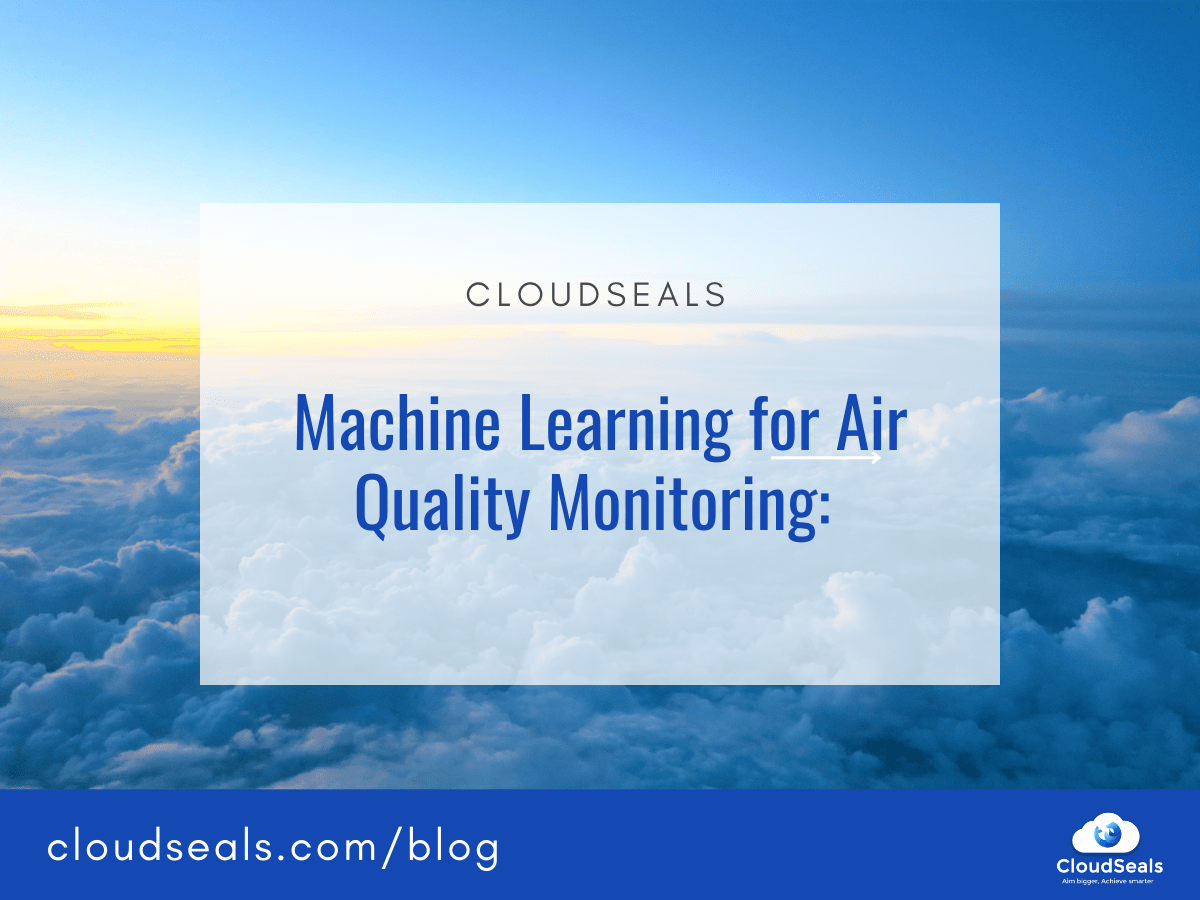
Introduction:
The air we breathe is essential for sustaining life, yet the quality of the air we inhale can have a profound impact on our health and the environment. Monitoring air quality is a critical concern, especially in urban areas where pollution levels can reach alarming heights. Thankfully, advances in technology, particularly Machine Learning (ML), have revolutionized the way we monitor and manage air quality.
The Significance of Air Quality Monitoring:
Air quality monitoring is essential for several reasons. It helps us understand pollution patterns, assess the impact of emissions on health, and take timely measures to control pollution. Traditional monitoring methods relied on fixed stations, which provided limited spatial coverage. ML has disrupted this paradigm by enabling real-time, widespread monitoring.
Machine Learning in Air Quality Monitoring:
Machine Learning algorithms have shown tremendous potential in analyzing data from air quality sensors. These models process large volumes of real-time data, including data from various sensors, weather conditions, and historical records. ML can identify patterns, anomalies, and trends in the data, which is invaluable for air quality forecasting and pollution source identification.
Real-time Air Quality Forecasts:
One of the primary applications of ML in air quality monitoring is real-time air quality forecasting. ML models process data from various sources, such as satellite imagery, ground-based sensors, and weather data, to predict air quality for specific regions. These forecasts enable government agencies, health organizations, and the public to take preventive measures, such as reducing outdoor activities on days with poor air quality.
Identifying Pollution Sources:
ML models can go beyond forecasting and help pinpoint pollution sources. By analyzing data from multiple sensors and employing advanced algorithms, these models can identify the exact locations of pollution hotspots. This information is invaluable for environmental agencies and policymakers, as it allows for targeted interventions to reduce pollution.
Use Cases and Success Stories:
Real-world applications of ML in air quality monitoring are already yielding promising results. Several cities worldwide have implemented ML-powered systems to enhance their air quality management. For instance, Beijing, notorious for its air pollution, has deployed ML models to forecast smog and take measures to curb emissions. These systems have led to significant improvements in air quality.
Challenges and Solutions:
While ML holds immense promise in air quality monitoring, it also faces challenges. Data quality, model accuracy, and data security are some of the key issues that must be addressed. Efforts are underway to enhance data quality and develop robust ML models to provide more accurate forecasts.
The Role of Citizen Science:
Citizen science initiatives are also contributing to air quality monitoring. Mobile apps and sensors that individuals can carry with them allow for widespread data collection. ML can be used to process this crowdsourced data and improve the accuracy of air quality forecasts.
Future Trends:
The future of air quality monitoring holds exciting possibilities. Machine Learning will play an increasingly significant role in advancing our understanding of air quality. Emerging technologies, such as the Internet of Things (IoT) and edge computing, will further enhance real-time monitoring capabilities. Additionally, AI-powered drones and autonomous vehicles may be used to collect air quality data from various altitudes and locations.
Conclusion:
Machine Learning is reshaping the landscape of air quality monitoring, offering real-time forecasts and the ability to identify pollution sources. With the advancement of technology and the collaboration of citizens and governments, cleaner and healthier air is within reach. As we continue to harness the power of ML, we take a step closer to breathing a breath of fresh air.




